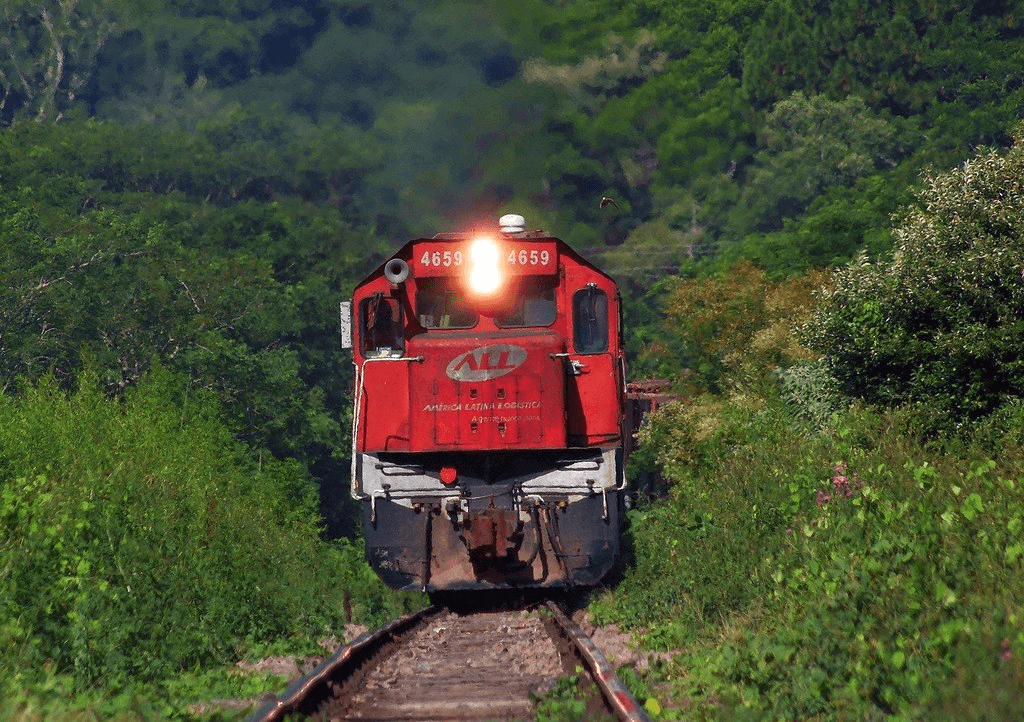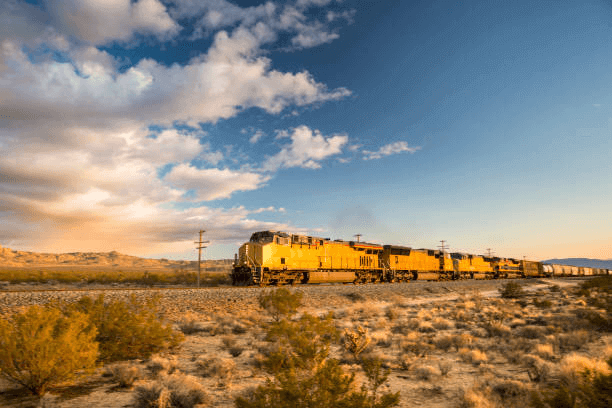
Discover the best way to weigh a freight train car
Briefly, there are 4 main types of weighing to assess the weight of the freight train car, which are performed by railroad scales:
- Dynamic scale;
- Static scale;
- Flow scale;
- Batch Scale.
Each of these scales work in a specific way. Dynamics, for example, work with the train in motion, while statics need the trains to be stopped. The flow and batch scales are normally positioned in hoppers and railroad bins, weighing the loads in different processes.
Still, each one has advantages and disadvantages in relation to the weighing process, but currently there are scales that provide greater benefits for companies involved in this railroad sector, as we will see later in the article.
Content Index
What should you rate

In order to determine the best way to weigh a freight train car, it is necessary to take some aspects into account, such as the time it takes to weigh, process speed, logistical costs, safety and weighing accuracy.
Precision in weighing the freight train car

The main function of the railroad scales is to carry out the weighing of a freight train car, as this process is essential so that the vehicles that will be present on the tracks are in accordance with the weighing metrics established for that line.
In this sense, a factor that greatly determines the quality of weighing is precision, as this directly impacts other aspects, such as process speed and operating costs.
We think like this: considering a train that has 30 cars, let's assume that those involved identified a 5% error in weighing each car during the weighing process.
If each of these wagons have a capacity of 1 ton of cargo, 5% represents 50 kilos that were not considered. For a composition of 30 cars, this amounts to an error of 1.5 ton in total, more than an entire car that was not computed in the weighing.
This value represents a very large discrepancy in relation to what is desired, which can end up jeopardizing the entire process of unloading the goods, generating important additional costs.
Safety

Opting for weighing processes that ensure greater safety, both for the people involved, and for the vehicles' own compositions, such as the freight train wagon and the goods that are positioned on them, is essential.
This is an aspect that must be considered when evaluating the best way to weigh a freight train car, because, if the choice is not assertive, weighing can lead to accidents and also considerable losses of the inputs being transported.
The uncoupling of wagons, for example, is a process that requires great care, since they are heavy compositions and are filled with a high number of loads. If not executed well, it can generate those problems that were mentioned.
This is a process that occurs, for example, in static scales, which need the wagons to be uncoupled to calculate the total value of the cargo present in this composition.
But what if it were possible to opt for a weighing model that did not need to uncouple wagons, ensuring greater safety for this very important logistical step? Well, this is what happens, for example, in dynamic scales, which carry out the weighing of the freight train car with the vehicle in transit.
Process speed

The optimization of logistical processes is essential for an increase in the productivity of the companies involved in this transport stage.
In this sense, it is interesting to bet on models that guarantee this speed and agility in weighing freight train cars.
For those who work in ports, for example, and need to weigh the goods in a freight train car when the vehicle arrives at the port station, this speed is even more important.
Imagine that, in a composition with 30 cars, you have to stop the vehicle, having to uncouple all the cars, one by one, so that the weighing can be carried out.
Certainly, this process model, which occurs in static scales, will not guarantee the necessary agility to increase productivity, since the train would waste a lot of time at the station just to weigh the wagons.
In other scale models, such as the batch scale and the flow scale, this process is also slow. As the weighing takes place even before the loads are placed on the wagons, with the idea of carrying out a more controlled process, observing the weighing numbers obtained in real time, there is no fluidity in this step.
In this case, the desired optimization is achieved, for example, in dynamic scales, which work even with trains at speed (10km/h), without having to park the vehicles and uncouple each freight train car.
What is the best way to weigh the freight train car?

Observing the main aspects that must be considered when choosing the best way to weigh the freight train car, it is possible to identify that the answer is dynamic scales.
However, to achieve the ideal attributes, such as speed in the procedure, greater safety and precision of weighing, it is essential to opt for modern scales, with technologies that guarantee this quality of the process, as is the case of dynamic scales for Massa Pesagem e Automação Industrial.
Massa is the market leader in dynamic scale, with various equipment spread across national railroads.
The equipment developed by the company is made up of modern systems, which allow weighing to be carried out at speed, without the need to disengage the trains, reducing the risk of accidents and allowing for more accurate weighing.
Therefore, in order for the companies involved to achieve greater results in their productivity, increasing the train movement flow , without wasting a lot of time to carry out weighing, the use of the dynamic MASSA scale becomes essential.
To achieve this goal, the scales are focused on reducing weighing time, without losing the high accuracy of 99.8%.
For this, they have their own software, which organizes the individual weight of each wagon, even with operational maneuvers of stops, retreats and advances on the weighing area.
Other benefits that the dynamic mass scale provides is the reduction in the risk of accidents without the need to uncouple the wagons, in addition to maintenance not requiring NR33.
Conclusion
As we have seen, the process of weighing trainsets is fundamental, but it is important to know the main aspects that need to be taken into consideration to find out what is the best way to weigh a freight train car. In this sense, we can conclude that it is using the MASSA dynamic scale, which has all the necessary attributes for a good weighing.
Searchs: https://www.toledobrasil.com/blog/saiba-como-funciona-uma-balanca-ferroviaria-dinamica-1





